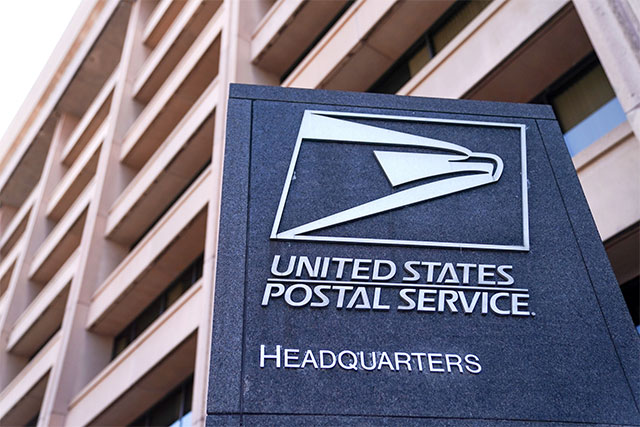Last week, Congress passed the landmark Postal Service Reform Act (H.R. 3076). This important bill ends the mandate that the Postal Service pre-fund retiree health benefit costs and requires postal workers to enroll in Medicare Parts A and B (once they turn 65). The latter provision can easily affect all federal employees in the future.
Currently, every federal retiree, including current postal retirees, have the opportunity to choose whether or not to enroll in Medicare Part B. Plans in the Federal Employee Health Benefits program cover retirees whether they enroll in Medicare or decide to continue coverage under FEHB only.
In the private sector, very few Americans have a choice of whether or not to enroll in original Medicare (Parts A and B) at age 65 if they want to maintain their employer-sponsored health insurance in retirement. Some companies offer retiree health benefits exclusively through Medicare Advantage plans.
Naturally, a large number of employees lose their employer-sponsored health insurance altogether when they retire. They have enrollment options in either a Medicare supplement plan or a Medicare Advantage plan. Each of these plans are available to individuals who have Medicare Part A and Part B.
Many private sector retiree health plans are designed to supplement Medicare, and very well may not pay your medical costs during any period you were eligible for Medicare but failed to sign up for coverage. In order to continue coverage under TRICARE, military retirees also must prove they are enrolled in Medicare Parts A and B, which is known as TRICARE for Life.
Deciding whether or not to enroll in Medicare, especially Part B, is one of the most difficult decisions a federal retiree can face. This is largely due to the fact that adding Part B comes with a standard premium in 2022 of $170 per person per month. However, many FEHB plans will waive plan deductibles, copayments and coinsurance when services are covered by Medicare as the primary payer. Additionally, a number of them will also offer a partial rebate to offset the Part B premium. Lastly, the FEHB plans that cater to retirees with Medicare as primary coverage typically have lower premiums than those that don’t offer such incentives.
About 75% of current Medicare-eligible retirees are enrolled in Parts A and B and according to the American Postal Workers Union, as well as 80% of eligible postal retirees.
Under the postal reform measure, current USPS retirees will have a special period during which they can choose to enroll in Medicare with zero late enrollment penalty or continue solely with FEHB coverage. An earlier version of the bill could have unintentionally increased health insurance premiums for all non-postal federal employees and retirees and postal retirees without Medicare by moving some, but not all, postal employees and retirees into separate risk pools in a new Postal Service Health Benefits program.
FEHB premiums are centered around how much its participants use health services as well as the average costs for those services during any given year. So, elderly employees with more health conditions and without Medicare coverage tend to drive prices up, whereas younger, healthier members keep costs down. The version of the postal bill that eventually passed balances the risk pools, and the Office of Personnel Management (OPM) now estimates premiums should go down for postal and non-postal employees and retirees alike.
The new law places all postal workers in FEHB, in their own group. All workers are granted to keep their current plans and release themselves of the annual open season to choose other options within FEHB.
It is important to note, future postal retirees will be required to enroll in Medicare A and B at 65. Retiree health coverage will then merge into both Medicare and FEHB.
Now one must wonder as to whether that requirement will eventually be extended to all federal employees, and how that would impact the premiums retirees pay. Assuming it does take place, at least it means that federal employees will face one less tough choice at the time of retirement.
In order to learn more about your federal retirement benefits, become a member today and gain access to a host of offers we provide at Federal Benefits Service.



